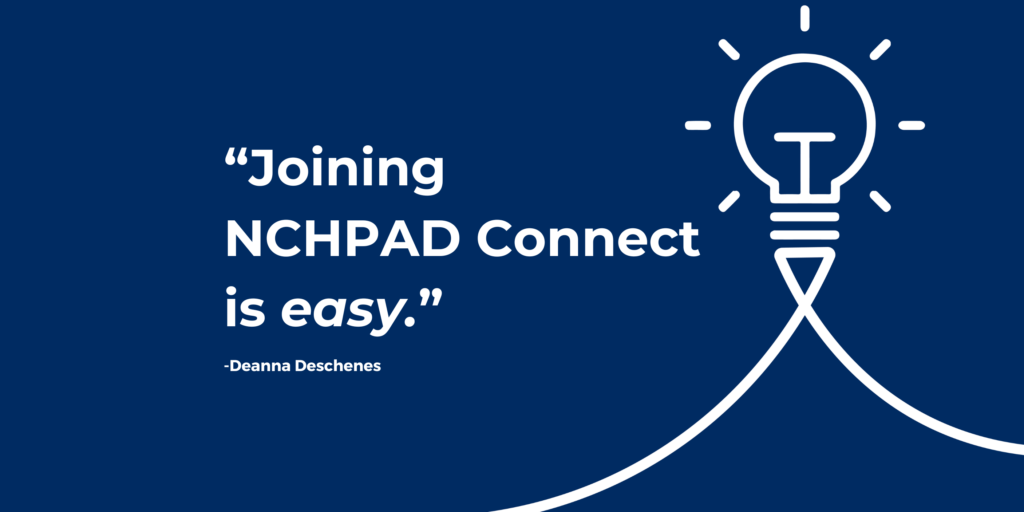Engaging in outdoor physical activities is crucial for the overall well-being of individuals with physical disabilities. Being in nature offers unique benefits that are not always available indoors. Exposure to fresh air, sunlight and the natural world can significantly improve mood, reduce stress and enhance emotional health. Being outdoors can also provide a sense of adventure and connection with nature, whether hiking or doing simple activities with friends or family.
Health Benefits of Being Outdoors
Being physically active can have many health benefits such as preventing heart disease, stroke and diabetes. Physical activity can also reduce the risk of cancer and other diseases. Physical activity can be done anywhere, so why not take it outside?
Outdoor physical activities (PA) improve the physical, mental and emotional well-being of all individuals, including those with mobility disabilities. Research shows that people with disabilities often achieve greater levels of accomplishment and personal growth from outdoor activities compared to those without disabilities.
Although outdoor PA provides benefits like indoor PA, these activities also offer additional advantages such as enhanced mood and increased relaxation. Being in nature can also motivate people to participate in outdoor physical activities more than indoor recreation. [1]
For some, simply going outside may not be enough enjoyment. Try finding parks or trails to visit! A 2015 study published in the Proceedings of the National Academy of Sciences discovered that individuals who walked for 90 minutes in a natural environment, compared to those who walked in a high-traffic urban setting, exhibited reduced activity in a brain region linked to a major factor in depression [2].
Another study in 2017 evaluated the impact of nature access for people with mobility disabilities. Parkinson’s disease (PD) patients improved their mobility more significantly when engaging in activities in nature compared to non-nature environments. They also saw other health benefits, such as better cardiorespiratory capacity and lower and more stable blood pressure and heart rate. These improvements often appeared right after the activity and lasted into their daily lives. Researchers think the long-term benefits may come from being more physically active or increased self-confidence and motivation after exercising in challenging mountain environments [3].
Breathing can be easier outdoors as well. Environmental Protection Agency (EPA) studies have shown that indoor pollution concentration levels are 2-to-5 times higher than outdoor air [4].
Outdoor activities offer advantages that indoor activities cannot, but they can come with their challenges. It’s important to remember that every destination can have different levels of accessibility for people with disabilities, so it’s best to be prepared for your next outing.
Best Practices for Being Outdoors
Do your research: Contact the location ahead of time or review their website to plan before visiting to ensure the destination is accessible and provides reasonable accommodations. Informed decision-making can lead to a worry-free experience.
Be prepared: If you plan on being outdoors for a lengthy amount of time, pack the necessary items to ensure you can have a fun and safe time.
- Water bottles
- Sun Protection
- Insect Repellant
- Appropriate clothing (depending on the physical activity involved)
- Navigation tools (phone or map)
- First-aid kit
- Flashlights (if necessary)
- Prescription or over-the-counter medications (if needed)
- Food or snacks
Find accessible activities to try yourself or with others: There are now more inclusive activities than ever. Here are a few physical activities to try on your own or in a group!
- Swimming
- Group nature hikes
- Outdoor sports
- Kayaking or sailing
- Snow skiing
- Cycling
- Fishing
- Yoga
- Gardening
- Camping
- Visiting an accessible park.
Rest: Even the most physically fit people need to rest after a long day of being active. Allow time to rest during or after your activity to avoid fatigue or injury.
Try these activities and enjoy all that the great outdoors has to offer!
References
- Derakhshan, Pegah, William C. Miller, Andrea Bundon, Delphine Labbé, Tanelle Bolt, and W. Ben Mortenson. “Adaptive Outdoor Physical Activities for Adults With Mobility Disability: A Scoping Review.” Frontiers in Rehabilitation Sciences 4 (January 8, 2024). https://doi.org/10.3389/fresc.2023.1331971.
- Gregory N. Bratman et al., “Nature Experience Reduces Rumination and Subgenual Prefrontal Cortex Activation,” Proceedings of the National Academy of Sciences of the United States of America 112, no. 28 (June 29, 2015): 8567–72, https://doi.org/10.1073/pnas.1510459112.
- Zhang G, Poulsen DV, Lygum VL, Corazon SS, Gramkow MC, Stigsdotter UK. Health-Promoting Nature Access for People with Mobility Impairments: A Systematic Review. Int J Environ Res Public Health. 2017 Jun 29;14(7):703. doi: 10.3390/ijerph14070703. PMID: 28661433; PMCID: PMC5551141.
- US EPA. “Indoor Air Quality | US EPA,” July 14, 2023. https://www.epa.gov/report-environment/indoor-air-quality#note2.




